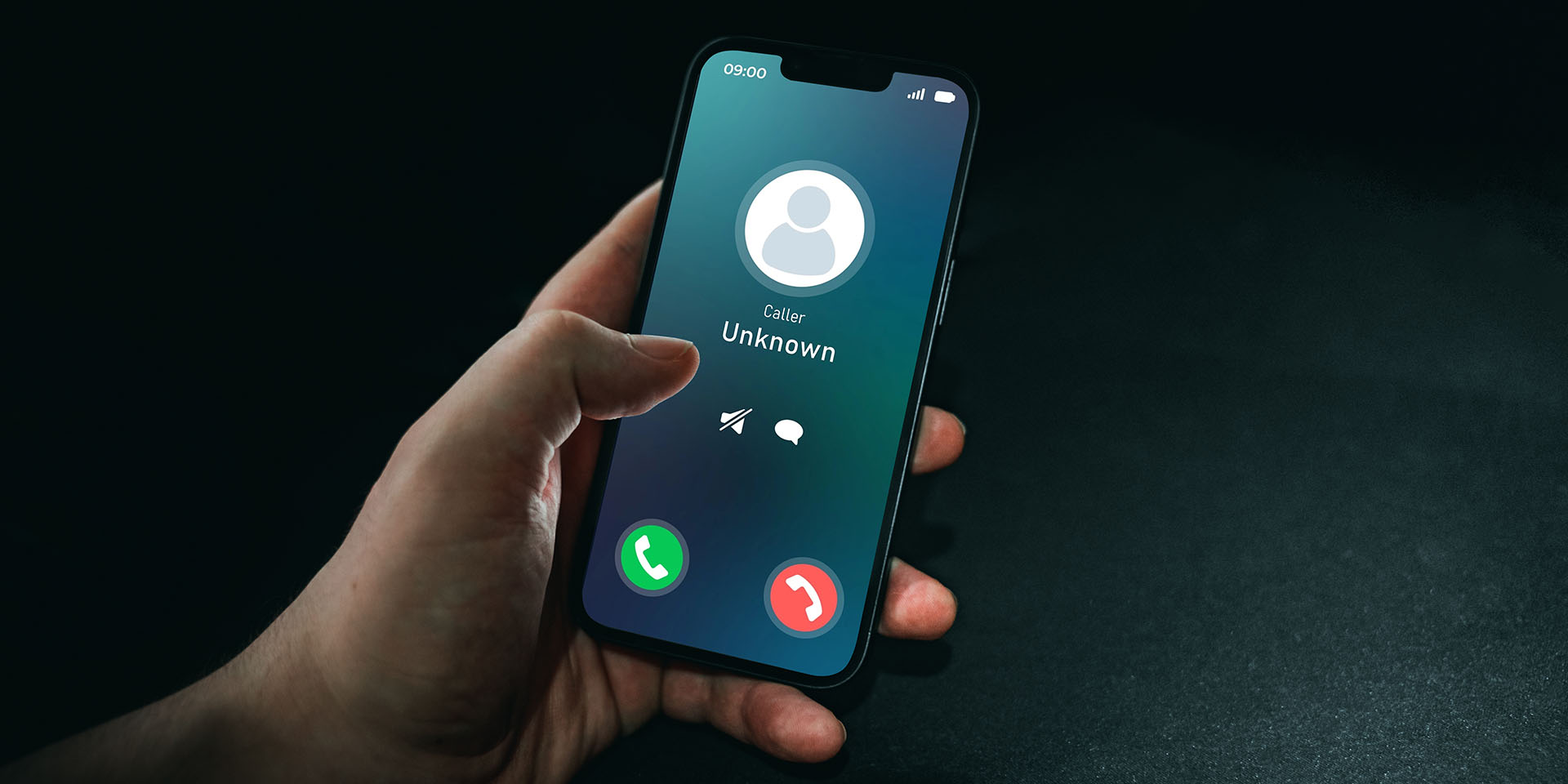Does Cold Calling/Emailing Still Work?
We will provide guidance on cold calling and emails.
Cold contact – Good or Bad?
It’s a common scenario. You’re going about your everyday life when the phone starts ringing. Not expecting to hear from anybody, the call takes you by surprise. Still, you pick it up out of politeness and courtesy. You hear an unfamiliar voice at the end of the line asking how your day’s going and whether you’re happy with your phone contract. There’s then a feeling of awkwardness as you try to extricate yourself from the call as quickly as possible. It’s an unwelcome intrusion and distraction that you could really do without.
While it’s far easier to click the delete button or unsubscribe from any unsolicited emails, there’s still a frustration as your inbox is flooded on a daily basis. Having said that, you might receive the occasional message that focuses specifically on an issue that’s causing you grief and highlights a product or service of real interest. It’s enough to make you question the effectiveness of these cold outreach methods and whether you could put them to use in your own business.
Consider the stats:
- The average cold calling success rate is 2%
- 92% of consumers think unidentified calls might be fraud
- Only 23.9% of all sales emails are opened and a mere 8.5% receive a response
- Approximately 50% of cold email campaigns have a reply rate of under 10%

The legal perspective
Despite the negative perceptions of cold calls and emails, these cold outreach methods aren’t against the law. However, in the case of email, it’s vital to comply with legislation such as the CAN-SPAM ACT and GDPR. Care should also be taken to avoid the use of words and phrases which will trigger the spam alerts and inevitably mean that your emails aren’t read. It’s ok to send marketing emails to people who’ve given you consent via a third party or willingly shared their email addresses in the knowledge that they might be used for marketing purposes.
These rules should also be followed in the sending of cold emails:
- Only sending emails to addresses obtained using honest means
- Giving a clear opt-out method
- Including your business address
Of course it’s also important to comply with cold calling laws. As an example, the use of automated cold calling systems has been banned under the terms of the Privacy and Electronic Communications Regulations. It’s illegal to make unsolicited calls if a person has made it clear that they don’t want to receive such calls or their number is listed in the Telephone Preference Service/Corporate Telephone Preference Service Register. Concerned about the rise of scams and targeting of vulnerable people, the UK government is also set to ban cold calls offering financial products.

Impactful cold outreach strategies
Having covered the legalities, it’s worth considering the strategies that can be used for the best chance of cold calling/emailing success. Like other marketing methods, the best results come about through the investment of time and effort. The statistics make this clear, with ⅓ of cold email campaigns having a 60% (or higher) open rate and companies that don’t believe in cold calling experiencing 42% less growth than those who do.
As with website design and blog writing, the key to success lies in audience research and personalisation. It’s worth taking the time to find out about the people who you’re going to be contacting, using the popular social media platforms to identify key characteristics, pain points and benefits sure to be of greatest interest. Your cold calling scripts and emails can then be tailored for the highest levels of engagement.
Principles of cold emailing/calling success include:
- Addressing people by their first names and referring to the companies that they’re working for
- Getting straight to the point (understanding that people are often short on time)
- Using the prospect’s everyday language (it’s generally best to avoid technical jargon)
- Offering something of known value (based on your research)
- Giving people options (high-pressure tactics might put your prospects off)
- Getting in touch at the best times of week (regular working hours on Wednesdays and Thursdays have been found most effective)
- Following up in respectful ways (with response rates known to be impacted by the number and regularity of such follow-ups)
- Testing, monitoring, and making appropriate changes for better results.
Of course, cold outreach will always be a numbers game. Even if you follow the recognised principles, success will come down to your contacts seeing the need for whichever products or services you’re offering at the time that you get in touch. With that being said, you should consider it an element of the wider marketing approach, with warmer methods also being vital to your prospects movement through the sales funnel.
Ideally such prospects will already have heard good things or had positive experiences of your company before they receive your call or email. They might have seen your advertisements or talked to friends about the quality of your services. The positive prospects will be greater if you’ve established a good social media presence and marketed your company in the right places. Knowing that your cold contacts are quite unlikely to make on-the-spot decisions, it’s also important that you have a good quality website, with content that clearly highlights the benefits you offer.
Get in touch
If you’d like any more advice on how to make cold outreach or the wider marketing mix work for your business then you can count on thefingerprint. Give us a call on +44 (0)7740 348 521 or email design@thefingerprint.co.uk for a friendly chat about our range of promotional services.
If you are enjoying this article please read our blog Testimonials – critical for business success, Why Using a Sales Funnel is Critical for Lead Generation and Why you should link your website to your CRM





